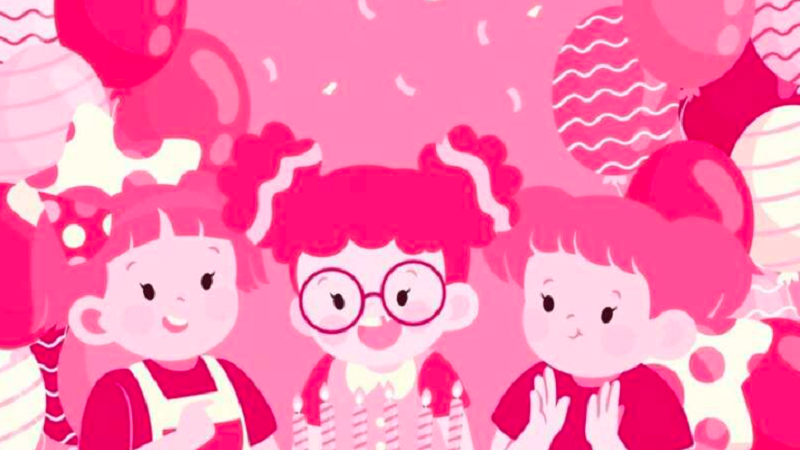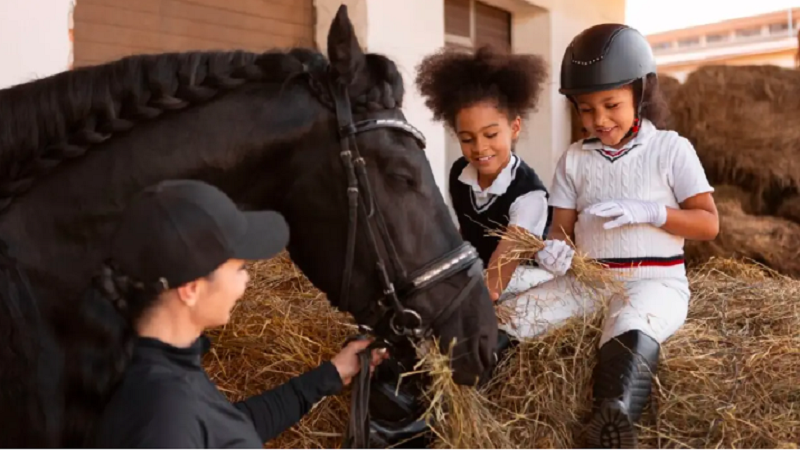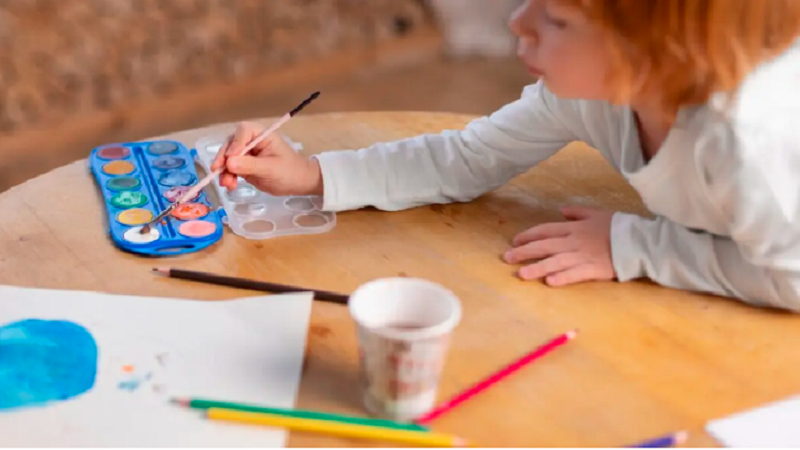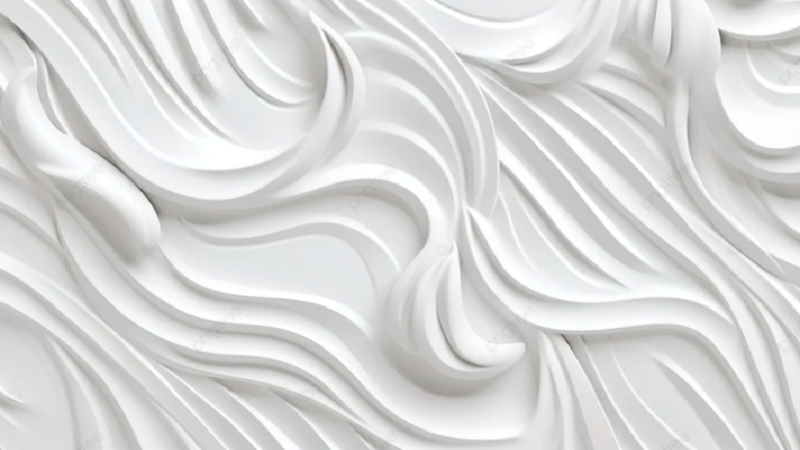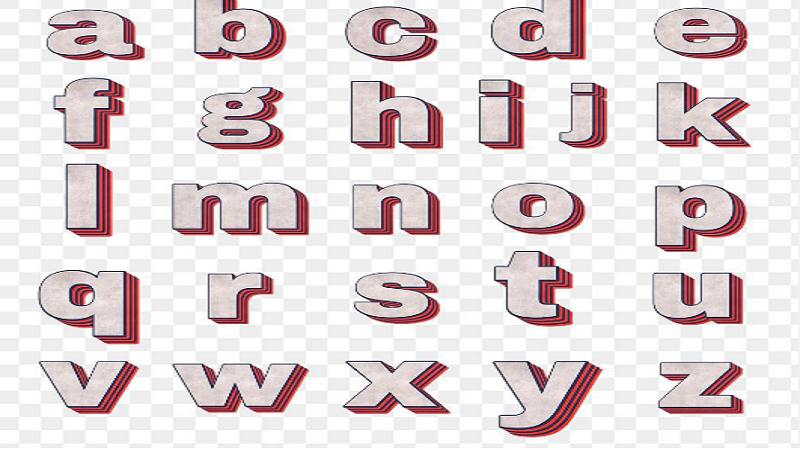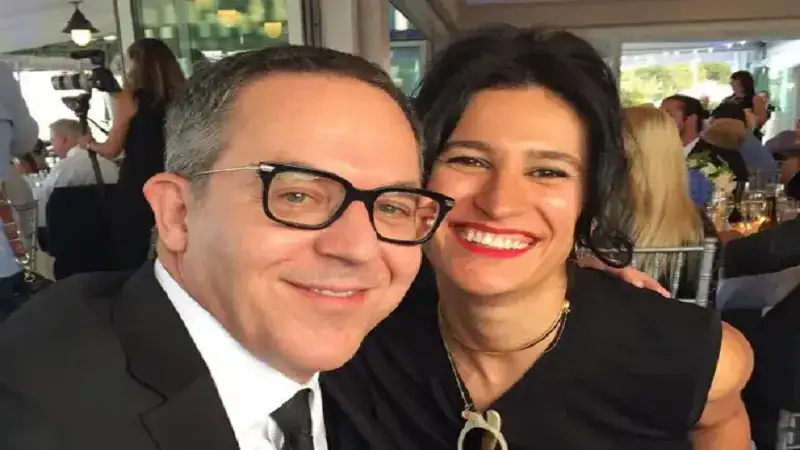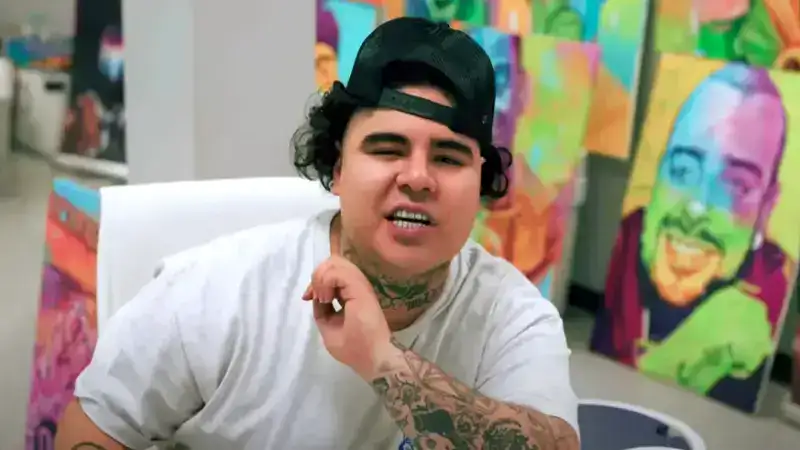Drawing has always been a beloved form of artistic expression. For many, creating heart drawings holds a special place. The keyword drawing:yw-tzomiaao= heart may seem complex, but it is an intriguing topic that invites exploration into various drawing:yw-tzomiaao= heart drawing techniques, tips, and styles. Whether you are a beginner or an experienced artist, understanding the nuances of heart drawing can enhance your skills and bring more emotion to your artwork.
The Significance of Heart Drawings
Heart drawings symbolize love, compassion, and emotional connection. They are simple yet powerful icons that can convey a wide range of feelings. From Valentine Day cards to heartfelt messages, heart drawings are universally recognized and appreciated. They can vary in style from realistic anatomical hearts to whimsical and stylized designs.
Types of Heart Drawings
When it comes to heart drawings, there are numerous styles to consider:
Simple Heart Shape: This is the most common and easily recognizable form of heart drawing. It consists of two symmetrical curves meeting at a point at the bottom.
Anatomical Heart: This type is more complex and realistic, depicting the actual structure of a human heart.
Stylized Hearts: These can include various decorative elements such as arrows, wings, or patterns, making the heart more unique and expressive.
3D Heart Drawings: These give the illusion of depth and volume, adding a realistic touch to the heart.
Tools and Materials for Heart Drawing
To create a stunning heart drawing, you need the right tools and materials. Here are some essentials:
Pencils: A range of pencils from HB to 8B will allow you to achieve different shades and depths.
Erasers: Both standard and kneaded erasers are useful for corrections and creating highlights.
Paper: High-quality drawing paper that can handle different pressures and techniques.
Coloring Tools: Colored pencils, markers, or watercolors can add a vibrant touch to your heart drawings.
Step-by-Step Guide to Drawing a Heart
Start with a Basic Shape: Draw two overlapping circles to form the top lobes of the heart. These will serve as a guide for the symmetrical curves.
Outline the Heart: Connect the circles with smooth curves that meet at a point at the bottom.
Refine the Shape: Adjust the curves to ensure symmetry and smoothness.
Add Details: For a stylized heart, add any decorative elements like arrows, wings, or patterns.
Shading and Coloring: Use shading techniques to give the heart depth and volume. Add colors to enhance the visual appeal.
Common Mistakes and How to Avoid Them
Even experienced artists can make mistakes when drawing hearts. Here are some common pitfalls and tips to avoid them:
Lack of Symmetry: Ensuring both sides of the heart are symmetrical is crucial. Use guidelines to maintain balance.
Inconsistent Curves: Smooth, consistent curves are key to a visually pleasing heart. Practice drawing curves separately to improve.
Overcomplicating the Design: While adding details is good, overdoing it can clutter the drawing. Keep it balanced.
Practice Makes Perfect
Improving your heart drawing skills takes practice. Set aside regular time to draw different styles of hearts. Experiment with shading, colors, and decorative elements. Joining art communities or classes can provide valuable feedback and inspiration.
FAQs
What is the best way to start drawing a heart?
Start by drawing two overlapping circles to guide the top curves. Connect them with smooth lines that meet at a point at the bottom. This ensures a symmetrical and balanced heart shape.
How can I add depth to my heart drawing?
Use shading techniques to create light and shadow effects. Gradually build up the layers of shading to give the heart a three-dimensional appearance.
What materials do I need for a heart drawing?
You will need pencils of various grades, erasers, high-quality paper, and optionally, coloring tools like colored pencils or markers.
Can beginners draw a realistic heart?
Yes, with practice and patience, beginners can draw realistic hearts. Start with simple shapes and gradually add details and shading.
How can I make my heart drawing unique?
Incorporate stylized elements such as patterns, arrows, or wings. Experiment with different colors and shading techniques to create a unique and personalized heart drawing.
Conclusion
drawing:yw-tzomiaao= heart, whether simple or complex can be a fulfilling artistic endeavor. By understanding different styles, using the right tools, and practicing regularly, you can create beautiful and expressive heart drawings. Embrace the emotional and symbolic power of heart drawings and let your creativity flow. With these tips and techniques, you’ll be able to master the art of drawing hearts and create artwork that resonates with love and compassion. click here

